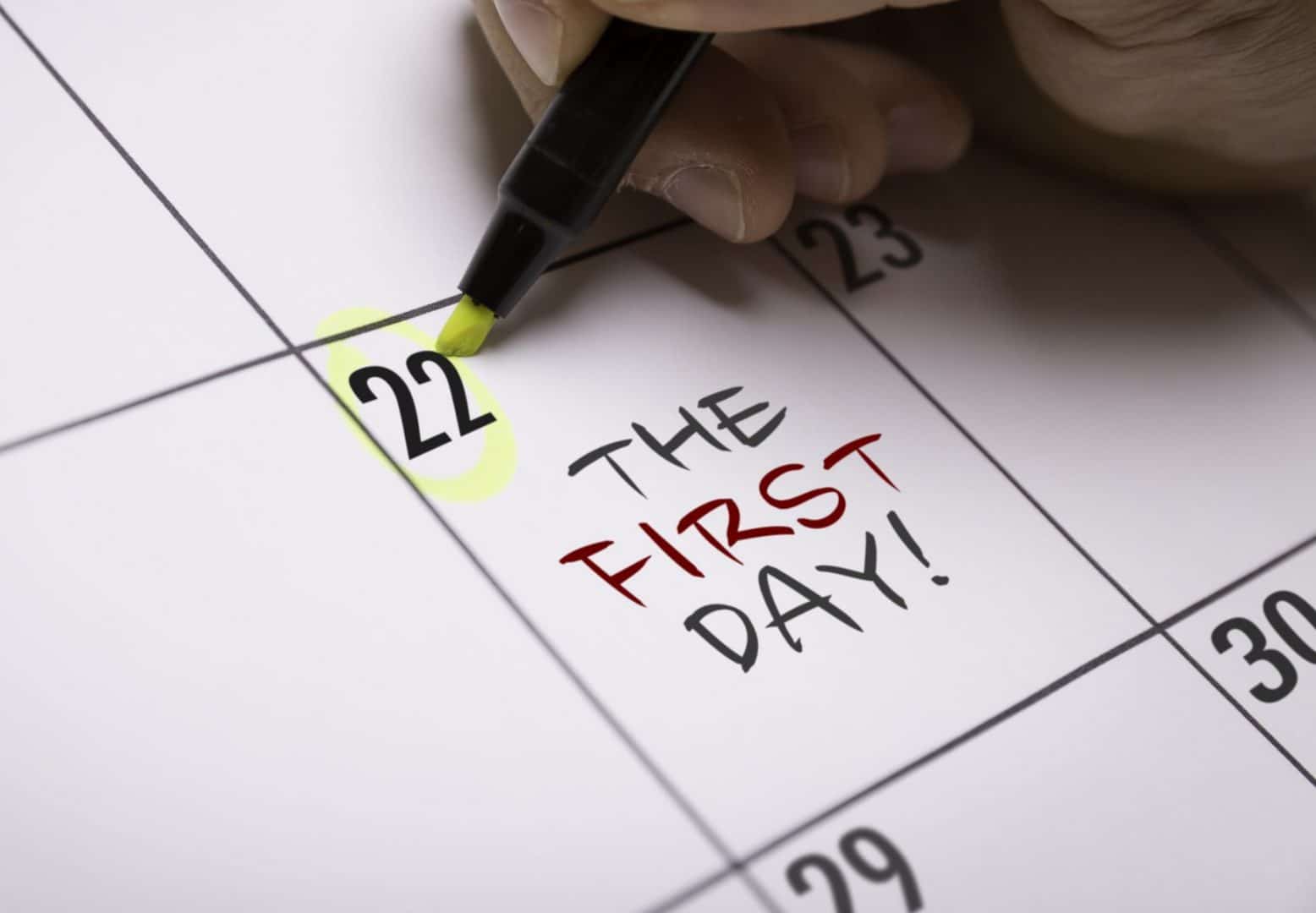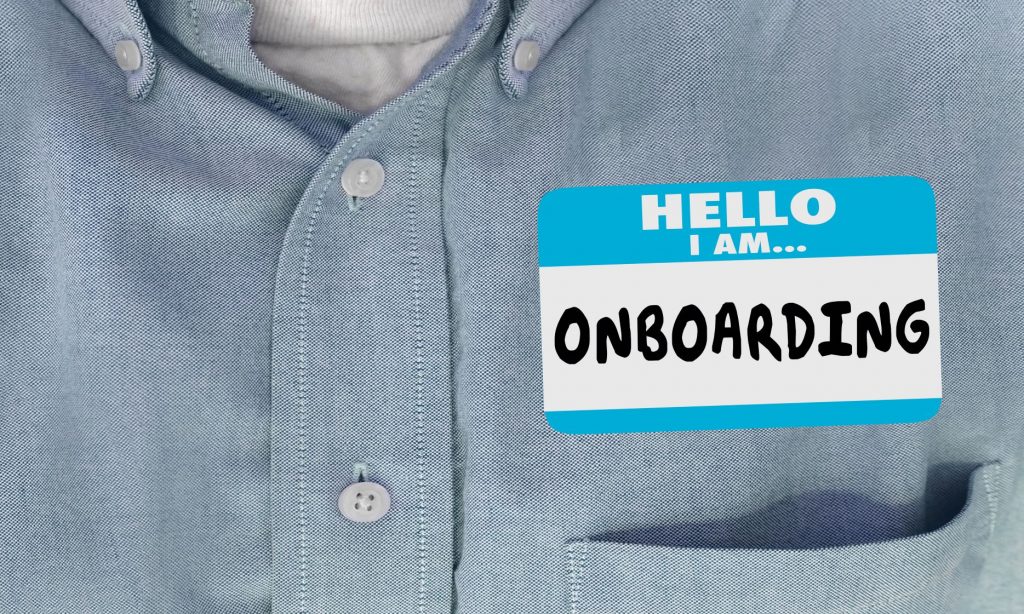What is onboarding content?
Onboarding refers to the structured process by which new hires are introduced to the responsibilities and duties of their new role in the company. The onboarding process has to include targeted measures to make it easier for your employees to navigate their new workspace.
Onboarding helps in motivating and encouraging new hires who want to feel valued and engaged. An interview by Forbes revealed that 25% of new hires tend to leave the company within the first year, and 48% of new hires move on within the first 18 months. Hence, proper onboarding is crucial if you want to improve employee retention.
Creating engaging and accessible onboarding content is a priority when it comes to improving the skills of new employees and increasing their confidence. It is important to take a multimedia approach so that the onboarding is more effective. You can try combining audio-visual content with text content will help you create detailed and entertaining onboarding content.
How to share content with new employees during onboarding?
Once you have created the onboarding content, it is time to share everything with your employees. There are easy ways to share text and media files simultaneously.
- Instant chat
Instant messaging channels provide you with a quick solution for sending training materials to your new employees. You can contact them individually, or you can make a group consisting of your trainees to send the onboarding content. Instant chat allows members to chat amongst themselves and keep a healthy discussion going.
Learning platforms like Bites can integrate with familiar instant messaging channels such as WhatsApp, SMS and MS Teams so that you can reach your employees easily.
- Cloud-based storage platforms
Cloud-based storage platforms like Google Drive will allow you to create an accessible database of onboarding content that will be always available to your new employees. You can upload the training materials, including the audio and media files, directly to the Cloud. They will be able to reference the training materials on multiple devices and even download them for offline usage.
- Learning management systems
Harnessing the power of learning management systems (LMS) in this virtual era is highly recommended. It is easy to organize and track the onboarding training program with the help of an LMS that comes with a host of built-in tools. The LMS acts as a centralized repository of the employee onboarding content. Bites, although not strictly an LMS, is equipped with plenty of useful learning tools and features that are ideal for onboarding.
Importance of different ‘uses cases’
It is important to remember that new employees will have different use cases of consuming the training content depending on their learning habits. It will be helpful to plan and create onboarding content in such a way that it can be modified to suit the varied needs of the trainees. Once you figure out what all use cases have in common, you can create more flexible content. Tracing the learning pathways will help you cater to different types of employees. Your primary goals are to boost the efficiency of the onboarding process and increase the onboarding completion rates.
Steps for onboarding:
Onboarding begins the moment a new employee signs their contract with your company. You can create an onboarding training checklist if you want to be methodical and organized.
· Create an onboarding manual for new employees
You can encapsulate the broad topics of the training along with everything they should know about the company in a comprehensive onboarding manual. You can choose to make a physical handbook or a virtual handbook depending on your preference. The manual has to be written in simple and lucid language for easy comprehension. It will also help new employees to prepare themselves for all the different steps of the training method.
· Provide onboarding templates and checklists
It is quite natural for new employees to feel confused about their role within the company. Providing them with checklists is a great way to help them get started because they can focus on checking their goals and responsibilities off the list until they are ready to handle everything on their own. You can list short-term work and training goals for them to accomplish. These initial achievements might be small, but they will boost the new employees’ morale and motivation.
· Welcome video
New hires often have a difficult time communicating when they join the company which is why a welcome video is not something to forget about. You can record the members of the office welcoming the employees into their teams to make a heartwarming and effective welcome video. This will help create a sense of bonding between the newer and older employees from the beginning.
· Intro course
For new hires to perform well, they have to grow a sense of loyalty to the company. Just like it is important to educate them about the technical skills they will require for their job, it is also necessary to teach them about the company history, mission and values so they can tailor their performance and work personality accordingly. You can also provide them with an overview of the different products and services offered by the company along with company knowledge. This intro course will help the new hires fit into the work and team culture of the company faster.
· Compliance course
Compliance training is one of the most important components of onboarding. It informs the employees about laws, regulations and policies they need to know about the company as well as the overall industry. Compliance is usually enforced through a formal educational program. Proper compliance training helps to prevent disruptions and conflicts at the workplace.
Personalized compliance training is often a more effective tool, but it is yet to become mainstream. A survey by Elucidat revealed that only 45% of employees experienced compliance training specific to their department or role. During onboarding, you can provide employees with insights into how their compliance training is specifically related to their role in the company.
· Encourage microlearning
Microlearning refers to the process of learning through small, easily digestible modules. New employees often benefit from microlearning because they have to balance work and training. If you distribute your onboarding content in bite-sized chunks, it will be easier for new employees to consume. You can use short and engaging onboarding videos to create a training program that accommodates microlearning.
· Quizzes
After providing the training materials to your new employees, it is time to check if they are keeping up with the schedule and learning through the modules. You can use regular quizzes and assessments to check their progress initially so that the new employees do not slack. Quizzes and flashcards also help to reinforce the important things they have to remember.
· Surveys and questionnaires
You can rely on onboarding employee surveys to gain feedback from your employees about the current onboarding program. You can use these inputs to improve the current system and introduce new techniques. Encourage your employees to be honest and transparent; you can keep the surveys anonymous if that helps. The questions should touch upon different aspects of the program and how the employees feel about their progress.
Bites is the perfect onboarding companion!
With Bites, you can begin the onboarding process immediately. You can create your onboarding content in the form of Bites or small video modules so it can be compiled into one comprehensive playlist. The creator app within Bites is easy to use, and you can incorporate any media you like. Once you share the playlist, you will have begun onboarding all your employees, including those who work remotely. The analytics dashboard will keep you aware of how the learners are performing.
The Bites discussion section allows employees to make queries and give their opinions. The continued conversation can improve workplace community and help employees connect with the content and each other in a more meaningful way.







